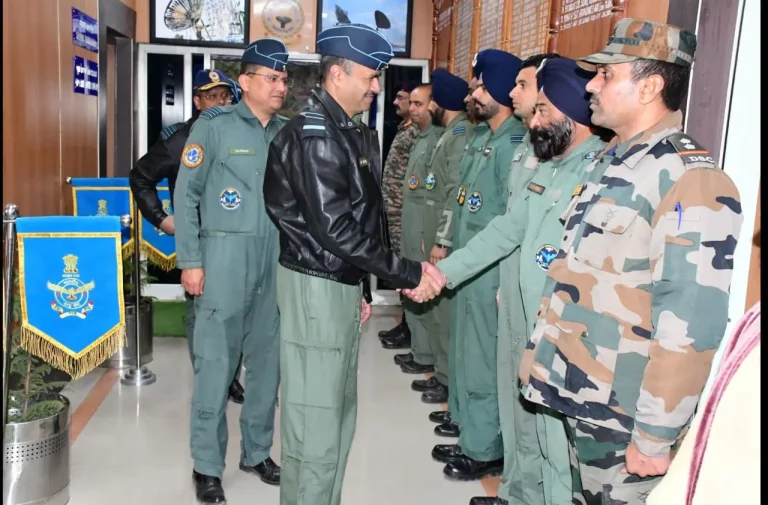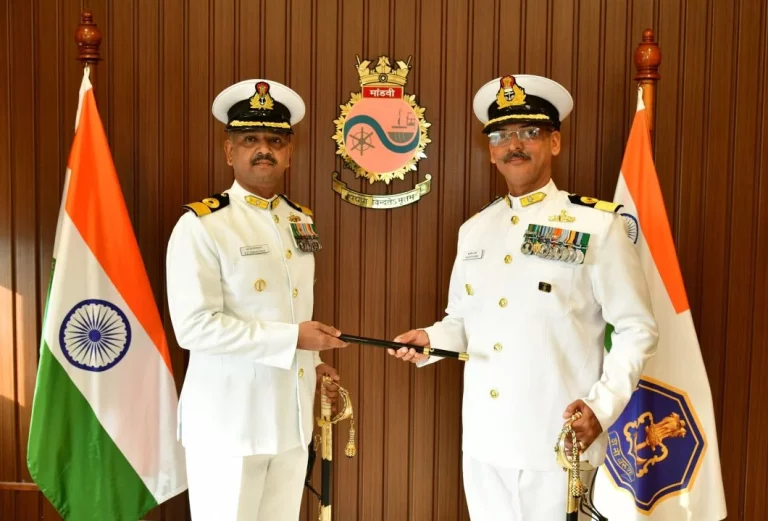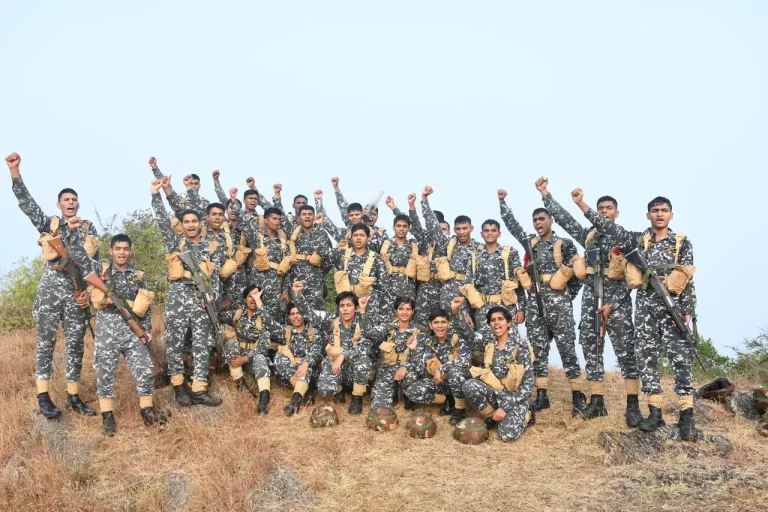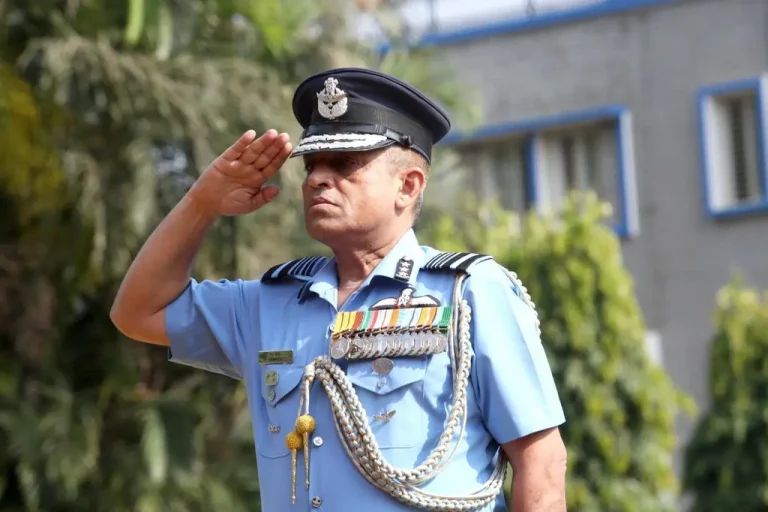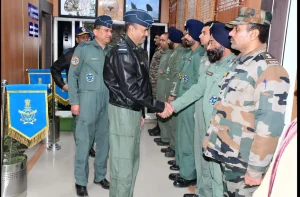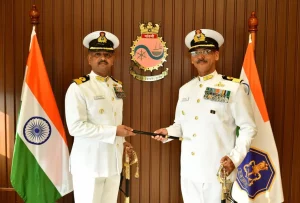The defence ministry has taken a significant step towards enhancing India’s aerospace capabilities by recommending a collaboration with France for the development of next-generation fighter jet engines. This decision is viewed as a crucial breakthrough in a project that aims to integrate advanced manufacturing and design technologies, aligning with India’s ambitions for greater self-reliance in defense production.
Sources indicate that after an extensive consultative process involving stakeholder feedback and insights from a technical committee, the proposal for collaboration with French company Safran emerged as the most advantageous for India. The decision comes amid India’s broader strategy to reduce dependence on foreign technology for critical defense assets.
This initiative forms part of a considerable ₹61,000 crore project aimed at jointly developing a 120 kilonewton fighter jet engine. This engine will serve future defense platforms, including the Advanced Medium Combat Aircraft (AMCA), which is expected to play a pivotal role in bolstering India’s air combat capabilities. Defence Minister Rajnath Singh has been instrumental in advocating for the development of an indigenous fighter engine, marking a significant shift in India’s defense production landscape.
In evaluating the best options, the ministry compared offers from both Safran and the UK’s Rolls Royce, carefully analyzing technical specifications as well as potential costs. The French proposal stood out due to its promise of complete technology transfer, along with a timeline that aligns with the AMCA’s development schedule.
Currently, the first batch of AMCA aircraft may initially be outfitted with US-made GE 414 engines while efforts to establish an indigenous engine continue. Mastery of the engine technology is critical, as it lies at the heart of a fighter aircraft’s performance, and only a handful of nations have successfully developed this capability. Experts estimate that India will need more than 250 next-generation engines over the next decade to meet its defense requirements.
At present, all Indian fighter aircraft rely on foreign engines, which constitute a substantial portion of the overall costs associated with jet acquisition and maintenance. While attempts to create an indigenous engine under Project Kaveri did not yield favorable results due to insufficient thrust, a variant of Kaveri is currently being developed to power unmanned combat aerial vehicles.
India is also exploring technology transfer agreements with the United States concerning the GE414 INS6 engine designated for the Mark 2 version of its light combat aircraft. Although talks remain ongoing, India aims for over 80% technology transfer, which includes advanced capabilities like coatings for the engine’s hot section, as well as cutting-edge manufacturing techniques such as crystal blades and laser drilling.
As these developments unfold, the collaboration with France stands to position India not only as a robust defense player but also as a nation capable of producing cutting-edge aerospace technologies independently.



